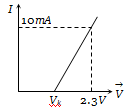Which of the energy band diagrams shown in the figure corresponds to that of a semiconductor
1. 
2. 
3. 
4. 




The energy band diagrams for three semiconductor samples of silicon are as shown. We can then assert that
(1) Sample X is undoped while samples Y and Z have been doped with a third group and a fifth group impurity respectively
(2) Sample X is undoped while both samples Y and Z have been doped with a fifth group impurity
(3) Sample X has been doped with equal amounts of third and fifth group impurities while samples Y and Z are undoped
(4) Sample X is undoped while samples Y and Z have been doped with a fifth group and a third group impurity respectively
In a semiconducting material, the mobilities of electrons and holes are \(\mu_e\) and \(\mu_{h}\) respectively. Which of the following is true?
1. \(\mu_{e} > \mu _{h}\)
2. \(\mu_{e} < \mu _{h}\)
3. \(\mu_{e} = \mu _{h}\)
4. \(\mu_{e} <0; ~\mu _{h}>0\)
The temperature (T) dependence of resistivity () of a semiconductor is represented by
1. 
2. 
3. 
4. 
In a forward biased P-N junction diode, the potential barrier in the depletion region is of the form
1. 
2. 
3. 
4. 
Different voltages are applied across a P-N junction and the currents are measured for each value. Which of the following graphs is obtained between voltage and current?
1. 
2. 
3. 
4. 
If the following input signal is sent through a PN-junction diode, then the output signal across will be

1. 
2. 
3. 
4. 
The curve between charge density and distance near P-N junction will be
1. 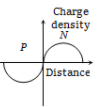
2. 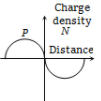
3. 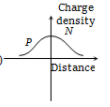
4. 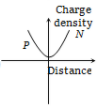
The resistance of a germanium junction diode whose is shown in figure is
(1) 5 k
(2) 0.2 k
(3) 2.3 k
(4)
In the half-wave rectifier circuit shown. Which one of the following wave forms is true for , the output across C and D?

| 1. | 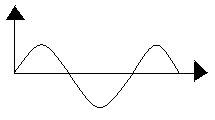 |
2. | 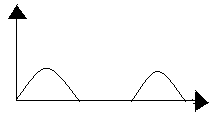 |
| 3. | 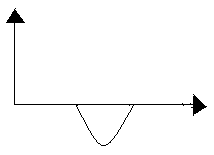 |
4. | 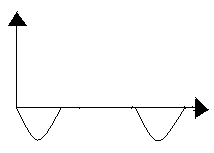 |






